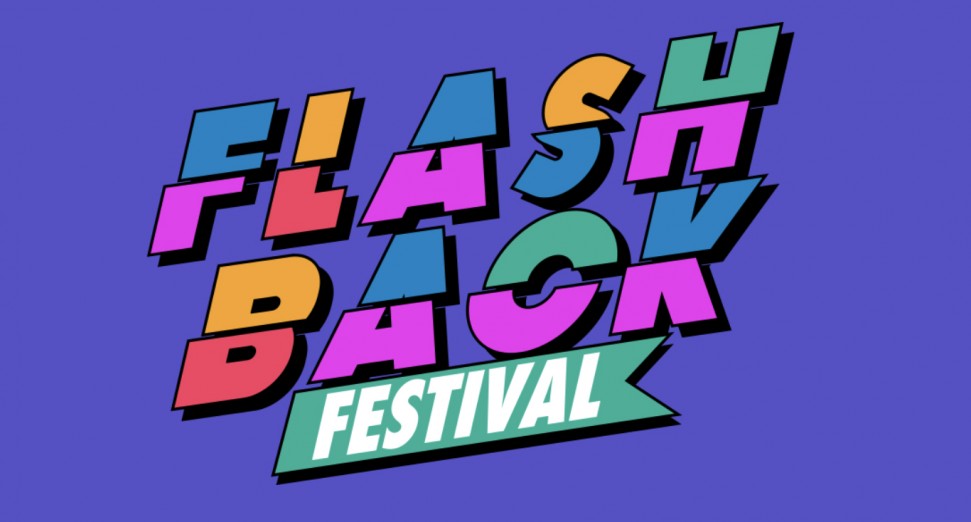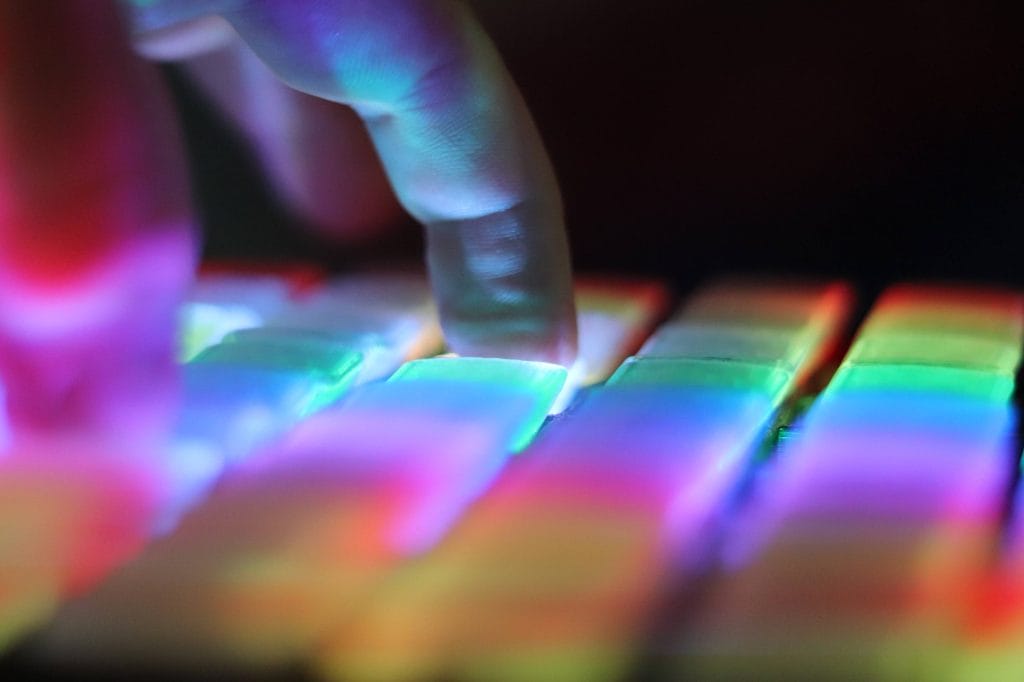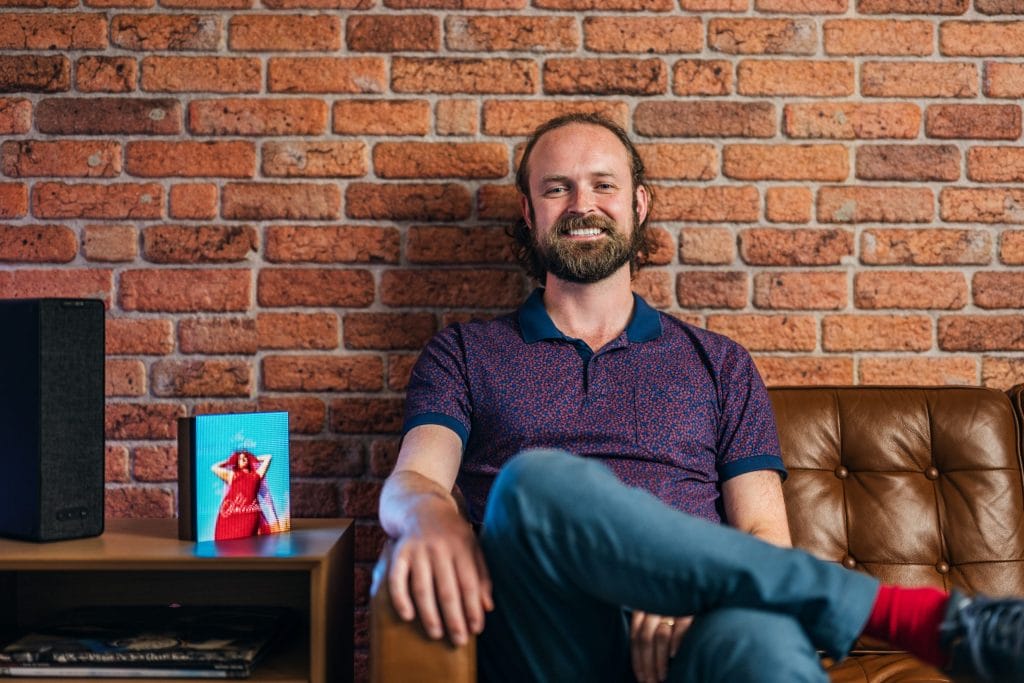
How Tobias Butler Turned Tuneshine A DIY Gadget Into Something Real Without Selling Out
Most people don’t expect a 64×64 pixel display to make their day better—but that’s exactly what happened when Tuneshine started showing up in home studios, offices, and bedside tables. Designed by Tobias Butler and assembled by hand in the U.S., Tuneshine is a square LED display that syncs to your Spotify, Apple Music, or Sonos account and shows album artwork in real time. It has no speaker, no subscription wall for core functionality, and no flashy distractions.
And that’s the point—it’s built to quietly highlight the emotional anchor of your listening experience without competing for your attention.
What started as a DIY project in Butler’s apartment has now become a fully functioning company, with no external funding or team behind it—just a direct line between the person who builds the product and the people who use it. And that’s reflected in the product itself. You get a minimal, tactile device that looks more like something you’d find in a record store than in a Kickstarter pitch deck. Every unit is designed with simplicity in mind, but the story behind it involves learning CAD, navigating manufacturing logistics, and manually responding to every support email with the kind of empathy most companies stopped bothering with years ago.
In this interview, we sat down with Tobias to talk about how Tuneshine went from a hacked-together prototype to a production-ready device. He breaks down the early design decisions, his reasoning behind keeping the device intentionally minimal, and why he’s focused on staying scrappy instead of scaling fast.
There’s a lot here for anyone building their own product—or just tired of smart tech that tries to do too much.
When you were first messing around with this idea, what did the first version of Tuneshine actually look like—and what finally made you go, “Yeah, I’m going to sell this”?
Tuneshine started as just a screen with a circuit board attached to the back—no enclosure. Square screens are tricky—for most purposes, the dimensions make it hard to get all the information on the screen that you’d like. But I realized that, for album art, it’s perfect. I bought some wood at Home Depot and made a rudimentary box to enclose the circuit board and give it a large enough base so it could stand up straight.
After I built the first prototype, it turned out that I wasn’t the first person to have this idea, but based on how much I enjoyed having a Tuneshine on my desk, as well as the response I was getting from my friends on Instagram, I thought I should see what it would take to develop the idea further and make it a production-ready product.
I still think there’s something about it that gives many people a warm fuzzy feeling they’re not used to getting from gadgets—music is deeply personal, and Tuneshine looks different from most tech products, which I think gives it a special character that people can really get attached to.
A lot of people build stuff for themselves, and it stays personal. What was the shift like from making a one-off for your room to deciding this should be in other people’s homes too?
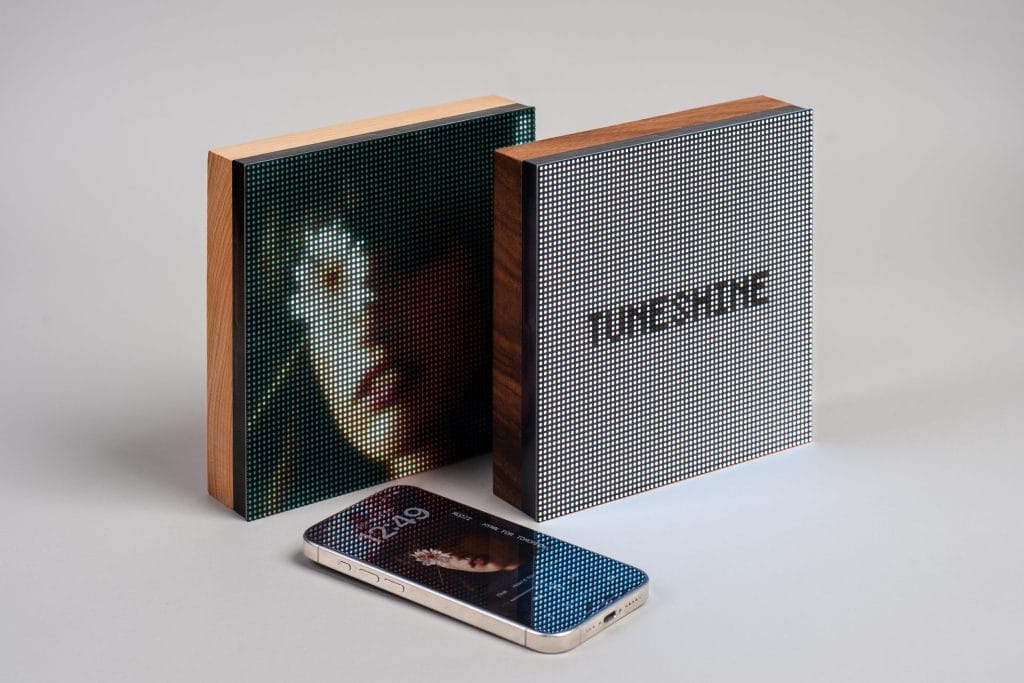
I’ve always liked building software because I like creating things for other people to use, but I wouldn’t have turned Tuneshine into a product if I couldn’t already roughly outline what it would take to make a device I could sell to strangers. I could imagine about 80% of the process from the outset, and the remaining 20% or so I was excited to learn as I went through the process step by step.
As I got to each milestone in the process, there were definitely unexpected factors that would arise. To give you some examples: I didn’t think seriously about marketing before launch beyond telling my friends about the product, but I learned quickly how nearly every sale has a marketing budget behind it—whether it’s buying ads on Facebook and Instagram, spending money on email tools, or spending my time making videos to post on social media. I also think it would have helped if I had taught myself more about CAD tools. When I was building Tuneshine at home, I could confirm all the parts fit together by experimentation. Still, when I started contracting with a factory to make them, they expected more rigor in the design, which was outside my area of expertise. They were able to work with what I had, but it would have likely made the process smoother to learn more about this essential aspect of industrial design.
Something that I’ve found more exciting than I predicted was talking to customers. Even if someone’s having an issue, I still enjoy being able to talk to that person because I know I can give them a better customer support experience than almost any company just by being empathetic and reassuring them that the ultimate responsibility lies with me to make sure they have a good experience with Tuneshine.
You’ve mentioned wanting to avoid creating another screen that demands attention. What guardrails did you put in place during the design process to stick to that principle?
I think that the lo-res display does a lot of the heavy lifting to make sure the Tuneshine feels like a delight and not a distraction. I think that when we look at a high-res screen, we no longer see it as an ordinary object. We’re so accustomed to it that we are blinded to just how cool it is that it can display any image we want it to. Instead, we just prepare ourselves to receive a firehose of information through the screen’s contents.
On the other hand, a low-resolution display bypasses this effect. It’s much easier to appreciate how cool screens are as a concept when you can see the individual pixels. We can automatically combine colors to create images—and it’s awesome! It’s hard to appreciate this when using a smartphone but somehow much easier with a low-res display.
More recently, I’ve made the conscious decision to put off some feature requests (like weather and clock functionality) until I can assure myself that I’ve built the best possible music listening companion. Clocks are great, but I’d much rather make Tuneshine work for more music listeners first.
Tuneshine has no speaker, no required app after setup, and no subscription wall for core functionality. That’s rare in 2025. Was it harder to stay minimal than to go maximal?
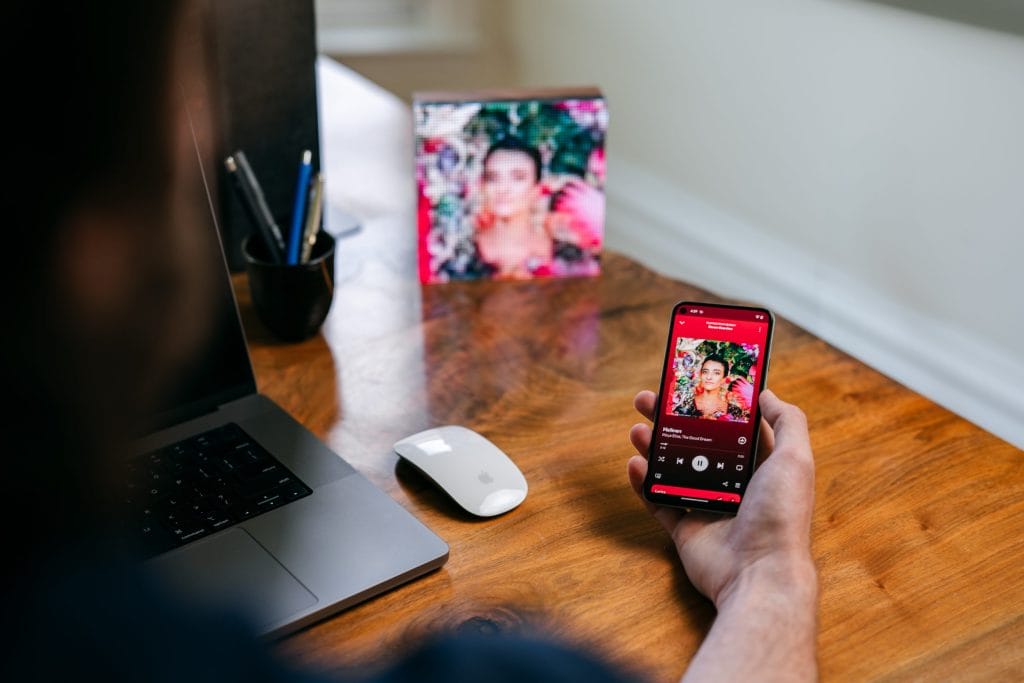
I just try to imagine what I would find most pleasant as a user. I do have a subscription for some features, but only 10% of customers end up needing it, and I try to be really straightforward in the app when I explain it—some of these features have higher ongoing costs, and subscribing helps make Tuneshine a more sustainable business and ensures it will keep working for as long as you still want to use it.
I’m probably leaving a lot of money on the table, though—real business sharks would tell me $1/month isn’t enough, or that I should be sending people push notifications to remind them to subscribe or buy a Tuneshine for their friends or something. But just like the 1:1 customer support, it’s rare that you find a company that can offer the opposite of the status quo, and people are responding very well to it. I don’t think I’d enjoy running Tuneshine Inc. as much if I had to sacrifice the user experience to maximize profit.
As for the speaker, I didn’t have the technological know-how to get a Tuneshine working with a built-in speaker for the first iteration, but it’s definitely something I’ll be looking into in the future.
You’re running this with no external funding, no venture capital, no massive team. How do you decide what to prioritize next without outside pressure?
So far, current and potential customers have been pretty unanimous in what they want—more integrations with their preferred way to listen to music! This is great, as it aligns with my philosophy that the way to make Tuneshine the strongest device possible is to focus on music and making it work for as many people as possible for all the ways they listen.
Since I’m constantly talking to customers, I’m also getting a very clear picture of their pain points when setting up and using Tuneshine, which makes it easy to prioritize ease-of-use features as it makes for a better experience for Tuneshine users and saves me time responding to emails.
I also try to stay in touch with what makes the business challenging to run and see if I can eliminate those parts of the process without making the experience worse. This year, that meant moving production out of my apartment so that Tuneshines could ship more quickly and consistently, while freeing up time for me to add more new features. In the future, it might mean help with social media videos, which can take up a lot of time.
If someone wanted to make a physical product like this today—simple, clean, high-quality—what would you tell them to worry about first?
It’s really important to look at your skill set and the skill sets of any co-founders you have and make sure it’s the right fit for the product. A few guys in Nashville were working on a similar product called Syne, and they just had to email everyone who made a preorder and let them know that they might never actually be able to fulfill the order. They didn’t have an engineer on their core team, and they picked a product that was relatively complex to assemble, with lots of custom parts. If they’d had someone with hardware experience on their team, I think they would have set more realistic goals for how much capital they’d need to get the business going—or maybe simplified their hardware and used more off-the-shelf components.
To avoid this, make sure you can do either the industrial design or the software side yourself—you might not need to do both, but you should probably be pretty good at at least one of those.
See if you can make it work with very few parts—fewer than 10 is good. And the more of those parts that can be either bought as off-the-shelf components or manufactured using machine processes, the better—think 3D printing, or CNC’d wood and metal parts. Unless you can raise a lot of money (think mid six figures) to kickstart a manufacturing process, or you can justify charging a lot of money for artisanal hardware, you’re going to want to be able to make these fast with as few assembly steps as possible so you can start building them at home while you learn what your customers want and validate your idea.
Lastly, make sure it’s something you want to think and talk about every day! If it’s successful, this is going to be your life for a while, so if it relates to something you’re already passionate about, that’s a lot better. I made a little custom gadget to put in one of my plants that makes a sad face if the soil gets dry, but I’d never try to bring that to market because I’m not a plant expert. But as a musician and music lover, I never get tired of connecting with other people who are passionate about their music, so Tuneshine works great for me.

